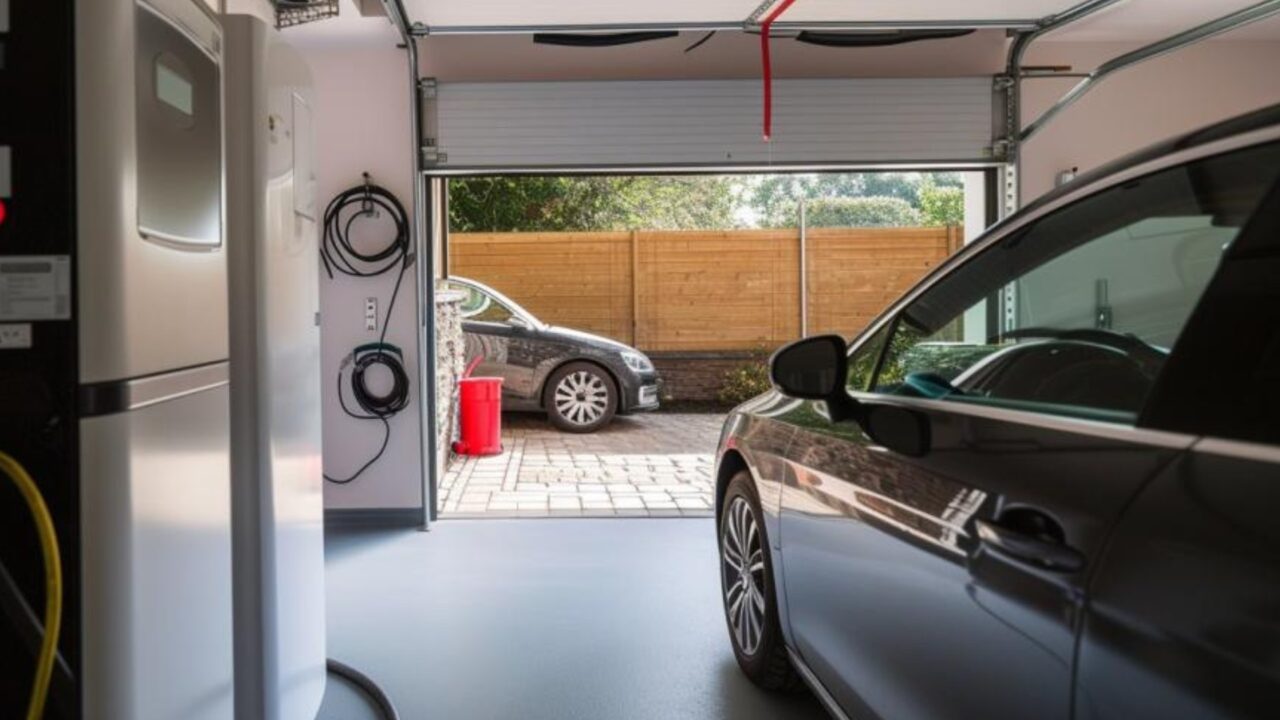Follow the journey of used EV batteries beyond the road. Second-life applications for used electric vehicle batteries can contribute to cheaper household bills.
When we think of electric vehicles (EVs), the conversation is normally about range, performance and not using as much fossil fuels. So, what happens to EV batteries when they reach the end of their vehicle life? The answers offer a wealth of opportunities.
Introduction to Battery Repurposing
EV batteries are typically reported to have a lifespan within a vehicle of over 10 years. However, when they’re no longer suitable for the demands of road travel, they will still hold up to 70-80% of their original capacity.
This residual power is a mine of future energy use in many other forms. Repurposing these batteries can extend their lifespan, offering a new lease of life.
Powering the Future
Imagine a future where your home is powered by the same battery that once propelled you to work and the shops use more cost-effective or even renewable energy. By storing surplus energy from solar panels or wind turbines, repurposed EV batteries could provide UK households with a buffer against further energy price volatility.

Electrical Storage Systems
Here are some of the best batteries for storing electrical energy in the UK:
This series offers high usable capacity with options ranging from 13kWh to 52kWh. It’s particularly noted for its high-quality performance and the option for an unlimited-cycle warranty.
Known for its depth of discharge and consistent efficiency, the Powerwall can function with or without solar panels, making it versatile. It includes features like the Backup Gateway 2 for energy use monitoring and management.
This battery is highlighted for its efficiency and additional components for off-grid power, offering capacities from 9kWh to 18kWh.
These batteries range from 3.36kWh to 10.8kWh and are praised for their warranty length and modular options. They are ideal for low-power systems and offer a great variety, but require Enphase inverters.
Available in 9.6kWh and 16kWh models, these batteries are known for their high performance and ability to operate during power outages. They come with a 10-year warranty.
Offering both 3.5kWh and 10.5kWh capacities, these batteries are compatible with almost all solar panels and are notable for their software that allows real-time usage optimisation through a mobile app.
This battery is available in sizes ranging from 5.5kWh to 22kWh and is designed to be future-proof with the capability to add storage capacity. It includes an “Emergency Mode” for power cuts and comes with a 10-year or 10,000-charge cycle warranty.
Each of these batteries has unique features tailored to different needs, such as capacity, efficiency, compatibility with solar panels, and additional functionalities like smart apps for energy management. The details for these systems can be seen in more detail at Greenmatch and Solarguide.
Stabilising the Network

A prime example is the installation of used EV batteries in homes as part of a solar energy storage system, which has proven to save homeowners on their energy bills and enhance energy security by providing a reliable power backup.
- RePurpose Energy: This company has developed a method to disassemble EV battery packs, assess their cell health, and reassemble them with specific control and safety equipment, replacing the most degraded cells. They predict that their repurposed batteries will last up to 12 years.
- Smartville Energy: They have developed technologies to incorporate and refurbish batteries from different sources. Their system uses active balancing techniques to maintain battery conditioning.
- ReJoule: They have created a device that optimises a new EV battery over its lifetime, with the intent that the battery will be already profiled for reuse at the end of its life.
Economic and Environmental Benefits
The savings from battery systems depend on several factors including the system and installation costs, usage patterns, electricity prices and the battery lifespan. While upfront costs are high, falling battery and solar panel prices are shortening payback times.
Financial incentives from grid services can also offset costs such as time-of-use tariffs and the amount of electricity you can generate is crucial. The evolving market and government incentives like the Smart Export Guarantee offer a promising financial outlook for those investing in solar panels and batteries.
This isn’t just about cutting costs. The government’s investment of £4.8 million in four pioneering projects showcases a commitment to Vehicle-to-Everything (V2X) technologies. These technologies could enable families to sell surplus electricity from storage or their EVs back to the grid.
The story of used EV batteries is not just about finding new uses for old technology; it’s about reimagining our energy landscape to create a world where renewable energy powers our lives.
